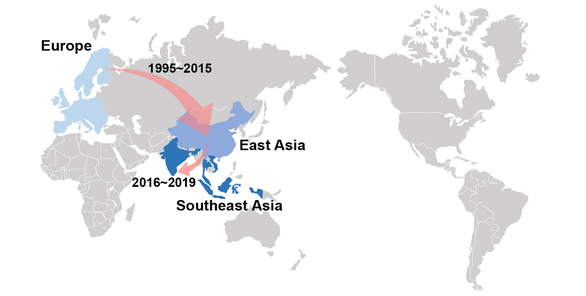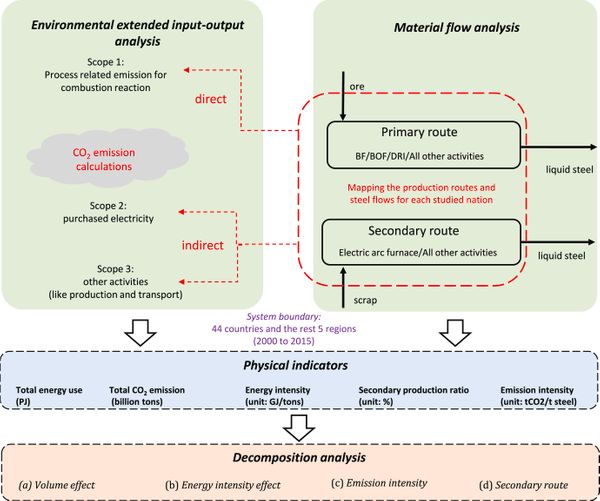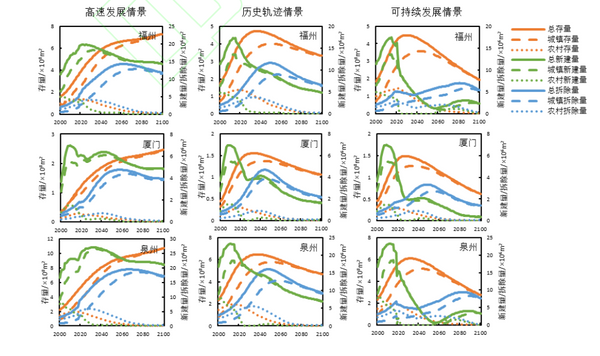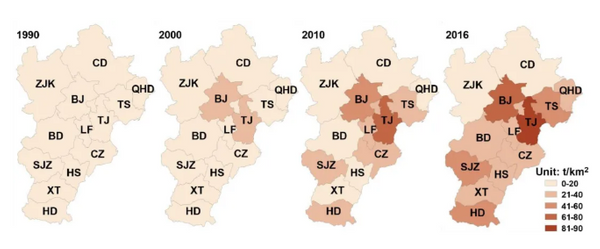Zijie Ma, Yi Yang, Wei-Qiang Chen*, Peng Wang, Chao Wang, Chao Zhang, and Jianbang Gan
Environmental Science & Technology, 2021 55 (13), 8492-8501
DOI: 10.1021/acs.est.1c00642
Abstract:
Waste paper, an essential substitute for wood and other plant-based fibers in paper making, is an indispensable part of the circular economy; yet, the impacts of China’s ban on global waste paper cycles have not been well understood. We modeled the evolution of the global waste paper trade network during 1995–2019. We found that the cumulative trade volume of global waste paper reached 1010 million tons in the last 25 years and showed a downward trend since 2015. The global import center of waste paper experienced a transfer from Europe to East Asia and then to Southeast Asia. The ban has stimulated some developed countries to reduce the exports of unsorted waste paper since 2017, but for many major importers their changes in waste paper trade patterns were related to waste paperboard, which was not banned by China, suggesting that this import change trend may be inevitable and irrespective of China’s ban. Besides, India has replaced China to become a new import hub of unsorted waste paper. Our results lay a foundation for exploring the evolution of the future global solid waste cycle under the background of zero import of solid waste increasingly implemented by China and many other developing countries.
Key words:
Waste paper trade;Solid waste;Waste import ban;Industrial ecology;Circular economy







